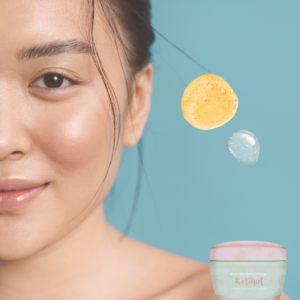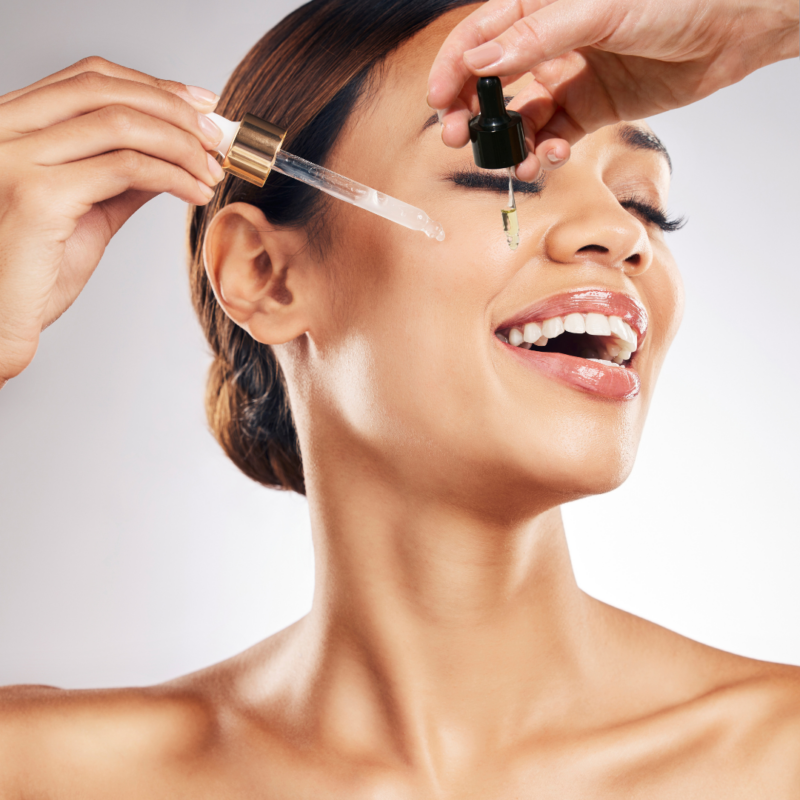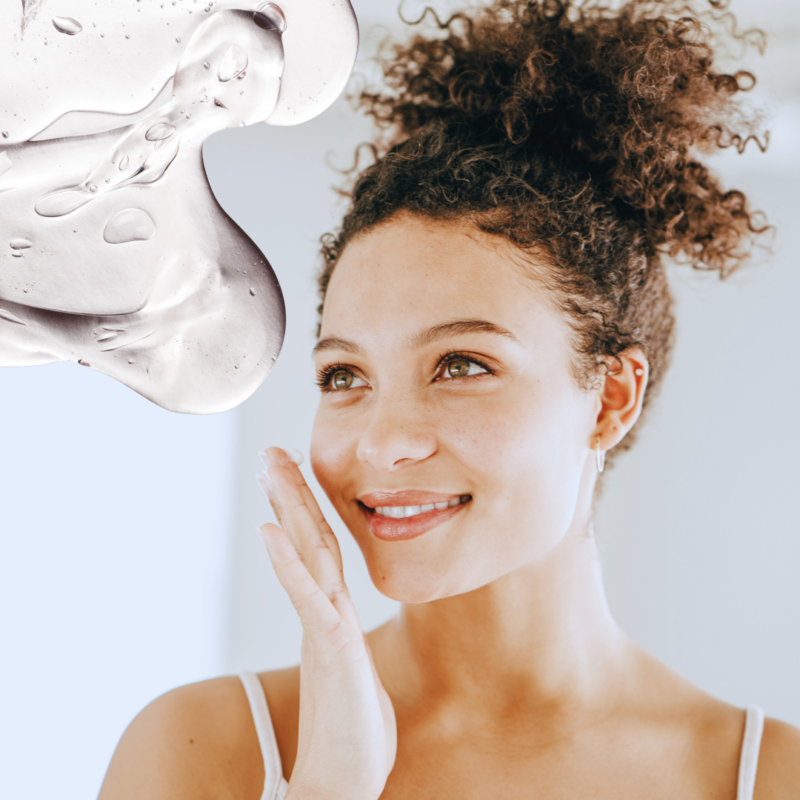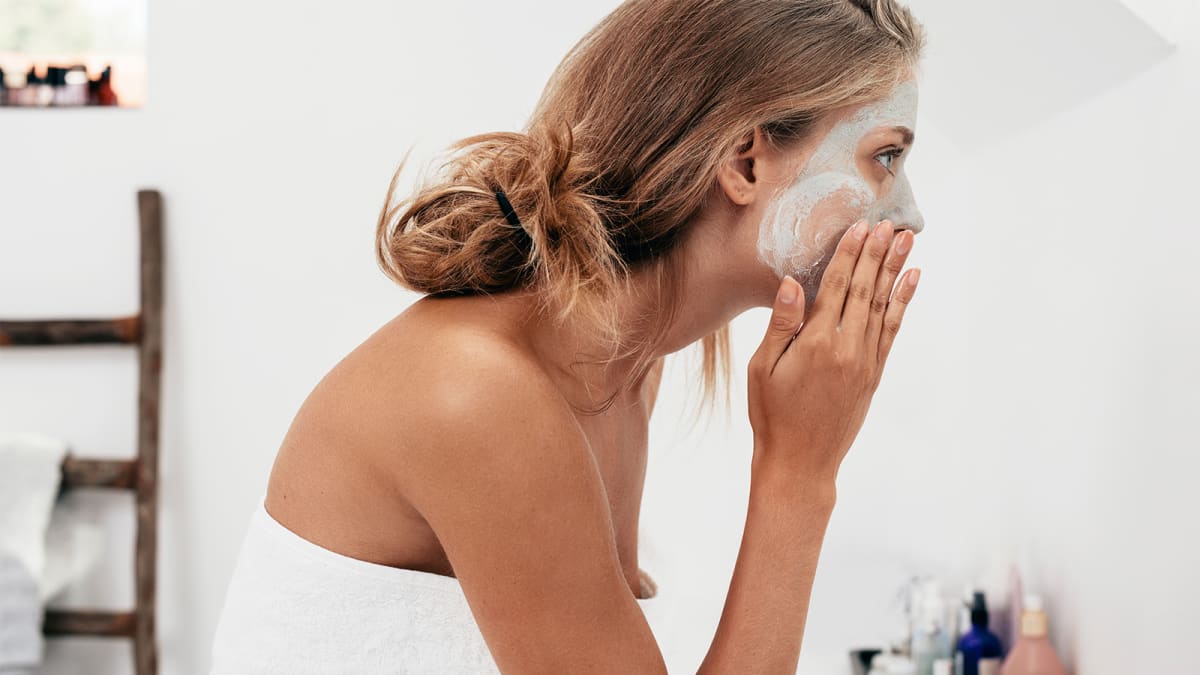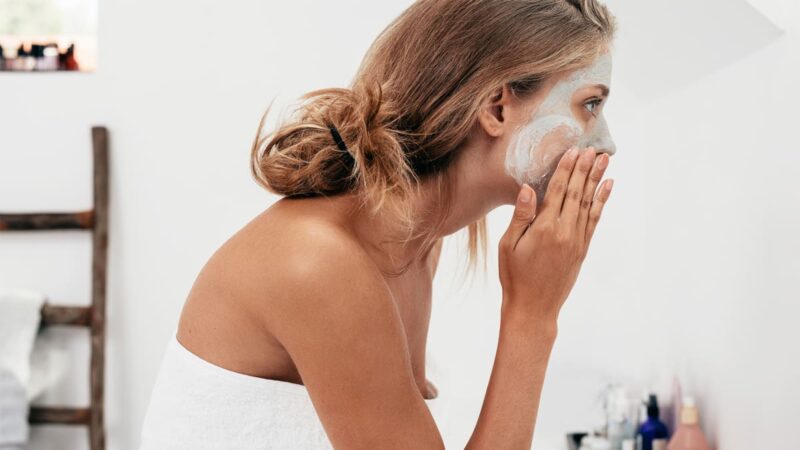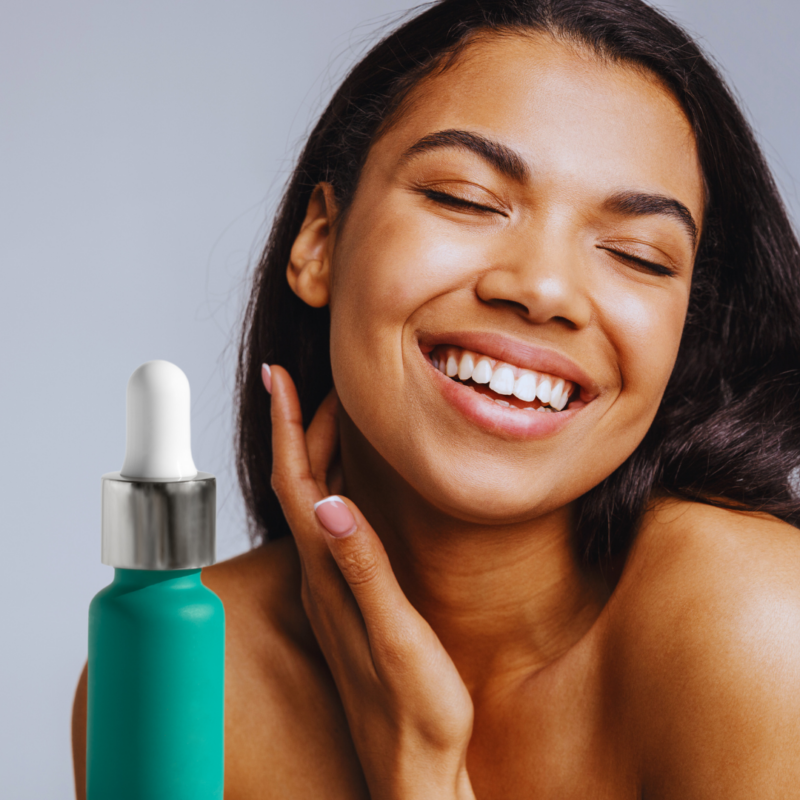
Share Post:
Retinol—it’s all the rage right now, isn’t it? If you’ve spent even five minutes scrolling through skincare TikTok or browsing beauty blogs, you’ve probably noticed that it has become the it ingredient that everyone’s obsessed with.
But, hold on. After purchasing that first bottle, you quickly realize there’s a bit more to it than just slapping it on your face and calling it a day. Timing matters. And suddenly, you’re asking yourself: How long do I wait before applying my moisturizer?
When I first started using retinol, I was confused too. After some trial and error (okay, maybe a lot of trial and error), I figured out the perfect timing which is anywhere from 5 to 20 minutes. Let’s start with some basics for all of you who are not that familiar with retinol and its effects.
What Is Retinol and Why Should You Use It?
Retinol is a type of retinoid, which is a derivative of vitamin A. It has become a holy grail for many due to its powerful ability to speed up cell turnover. When applied topically, retinol encourages your skin to shed old, dead cells and make way for fresh, youthful ones.
This can result in smoother skin, a more even tone, and the reduction of fine lines and wrinkles. Retinol is renowned for its ability to address:
- Aging signs like wrinkles and fine lines
- Hyperpigmentation and dark spots
- Acne and clogged pores
- Texture irregularities (those annoying little bumps)
Retinol and Moisturizer: Why It’s Important to Get the Timing Right
When you first start using this product, your skin is likely to go through an adjustment phase. This is where side effects like redness, irritation, and dryness can kick in. This is totally normal and happens to almost everyone at the beginning. Here’s where your trusty moisturizer comes in. The right moisturizer helps to:
- Soothe irritation
- Reduce dryness
- Lock in hydration that retinol might strip away
However, slathering on moisturizer right after your retinol isn’t always the best strategy. The timing between these two steps is crucial for achieving the right balance between retinol’s effectiveness and your skin’s comfort.
The Golden Rule
Let’s break it down. The timing between retinol and moisturizer can vary depending on your skin type, sensitivity, and even the specific formulation of your product. Generally, experts recommend waiting anywhere from 5 to 20 minutes between applying your retinol and following up with moisturizer.
Why? Because you want to give the retinol time to absorb into your skin. If you apply moisturizer too quickly, it can dilute the effectiveness of the retinol and reduce its impact. On the other hand, if you wait too long and your skin starts to feel dry or irritated, you might end up with more redness than you bargained for. Let’s look at a few different scenarios:
Scenario 1: You’re Just Starting to Use the Retinol
If you’re just starting out with retinol and have sensitive skin, waiting 5 to 10 minutes after applying it before moisturizing is a good rule of thumb. This shorter wait time allows the retinol to start doing its job while giving your skin a buffer of hydration from the moisturizer soon after.
You might not see results overnight, and that’s okay. It can take up to 12 weeks of consistent use to notice significant improvements in your skin. Trust the process!
Scenario 2: You’re a Retinol Pro
If you’re used to using retinol and your skin has built up some tolerance, waiting a little longer—10 to 20 minutes—might be more beneficial. This allows the productl to fully penetrate before you lock in moisture.
In both cases, it’s essential to listen to your skin. If you notice any signs of extreme dryness or irritation, don’t be afraid to adjust your timing.
Moisturizer First or Retinol First?
@dr.tomassian Replying to @_.miss.melissa._ moisturize before or after retinol? #skincare #retinol
Traditional Approach – Retinol First
The classic approach is to apply retinol first and then follow up with moisturizer. The reasoning here is straightforward: applying retinol first allows it to penetrate the skin directly and get to work without any barriers. Your moisturizer then helps soothe and hydrate, reducing potential irritation.
If your skin is oily, normal, or on the resilient side, the traditional method is often the way to go.
The Moisturizer Sandwich Method
If you have sensitive skin or are a beginner, the moisturizer sandwich method may be a gentler approach. You apply a layer of moisturizer before the retinol, which acts as a buffer and reduces the intensity of the product. Afterward, you apply another layer of moisturizer to lock in hydration.
Which One Should You Choose?
- If you’re aiming for maximum effectiveness and don’t have sensitive skin, the traditional approach is usually best.
- If you’re worried about irritation and want to minimize side effects, the moisturizer sandwich is a great alternative.
Experiment with both to see which one your skin prefers!
Factors That Influence Your Wait Time
Skincare is never a one-size-fits-all game. There are several factors that influence how long you should wait before applying moisturizer:
Your Skin Type
| Skin Type | Recommended Wait Time Before Moisturizer | Reasoning |
| Oily or Resilient Skin | 10 to 20 minutes | Allows retinol to fully absorb before applying moisturizer for maximum effectiveness. |
| Sensitive or Dry Skin | 5 to 10 minutes | Shorter wait time helps prevent excessive dryness or irritation from the retinol. |
The Strength of Your Retinol
Lower concentrations of retinol (0.25% to 0.5%) are gentler on the skin, so you might not need to wait as long before moisturizing. Higher concentrations (1% and above) are more potent and may require a longer wait to avoid irritation, especially if you have sensitive skin.
Your Retinol Product’s Formula
Time-released or encapsulated retinol is formulated to release gradually, meaning you may not need to wait as long before moisturizing. Traditional products absorb faster, which means a longer wait might be beneficial.
The Season and Climate
In colder or drier climates, it’s best to wait less time after retinol before applying moisturizer to prevent excessive dryness. In warmer or more humid environments, you might find that a longer wait works better for your skin.
Pro Tips for the Best Effects
By now, you know that waiting 5 to 20 minutes before moisturizing is a good guideline. But there’s more to using retinol effectively than just timing. Here are a few extra tips to ensure you get the most out of your routine:
Start Slow and Build Tolerance
If you’re new to retinol, don’t jump in with daily use. Begin by applying it just 2–3 times per week, and slowly increase the frequency as your skin adapts. This will reduce the chances of irritation.
Use a Hydrating and Gentle Cleanser
Retinol can be drying, so using a gentle, hydrating cleanser before applying it can help keep your skin balanced. Avoid cleansers with harsh ingredients like sulfates, which can exacerbate dryness.
Stick to Nighttime Use
Retinol breaks down when exposed to sunlight, making it less effective. Always apply it at night as part of your bedtime routine.
SPF is Non-Negotiable
Retinol makes your skin more sensitive to the sun, so wearing a broad-spectrum sunscreen with at least SPF 30 during the day is crucial.
Wrapping It Up
Retinol is a powerhouse ingredient that can transform your skin—if used correctly. The key to success lies in patience, consistency, and, of course, timing.
Wait 5-20 minutes after applying before moisturizing, depending on your skin type and the retinol’s strength. Always listen to your skin and adjust your routine accordingly. And lastly, skin care is personal! What works for one person may not work for another.



